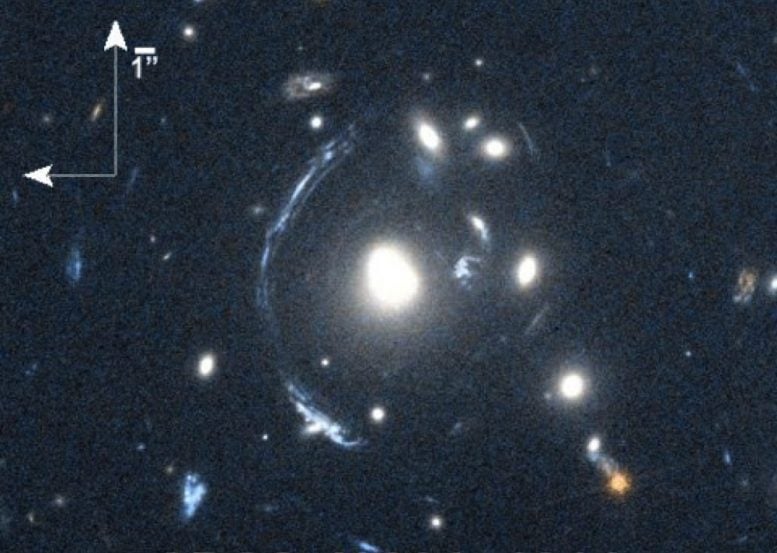
The young galaxy SDSS090122.37+181432.3, also known as S0901, is seen here as the bright arc to the left of the central bright galaxy. The distorted view of S0901 is caused by gravitational lensing, resulting from one or more galaxies that lie between the observer and S0901. Although one effect of lensing is to distort the image, another effect is to magnify the light of the lensed object; this effect was used to enable scientists to study S0901 with Herschel’s HIFI instrument. Credit: NASA/STScI; S. Allam and team; and the Master Lens Database (masterlens.org), L. A. Moustakas, K. Stewart, et al. (2014); ESA/Herschel/HIFI. Acknowledgments: James Rhoads and Sangeeta Malhotra, Arizona State University, USA
Researchers have discovered a young galaxy, called S0901, rotating in a calm manner typical of more developed galaxies like our own spiral Milky Way.
New Herschel results have given us a remarkable insight into the internal dynamics of two young galaxies. Surprisingly, they have shown that just a few billion years after the Big Bang, some galaxies were rotating in a mature way, seemingly having completed the accumulation of their gas reservoirs.
When galaxies form, they accumulate mass by gravitationally attracting vast, external gas clouds. As the gas clouds enter the galaxy, they fall into haphazard orbits. These disordered paths cause turbulence in the host galaxies, which can drive star formation.
To investigate the internal conditions of forming galaxies James Rhoads and Sangeeta Malhotra, both from Arizona State University, and colleagues targeted two young galaxies, known as S0901 and the Clone. The light from both galaxies has taken 10 billion years to reach us across space. Thus, we are seeing them when they were comparatively young.
“The purpose of this project is to study the physical conditions of gas in those galaxies. We wanted to know: are they similar to the galaxies around us or is there some difference in their physical conditions,” says Rhoads.
The two galaxies they chose to study are average galaxies for that time in cosmic history. This means that they are about 10-20 percent the size of our Milky Way, which is considered an average galaxy in the present-day Universe.
Studying galaxies so far away is usually hampered because they appear too dim to study effectively but in this case, the researchers were helped by a cosmic magnifier known as a gravitational lens. The two galaxies both sit behind intervening groups of galaxies, whose gravity warps space. As described by Albert Einstein’s General Theory of Relativity, this warping acts like a lens. Although it distorts the images of the young galaxies, it helps by magnifying their light, thus bringing them within reach of Herschel’s HIFI instrument.
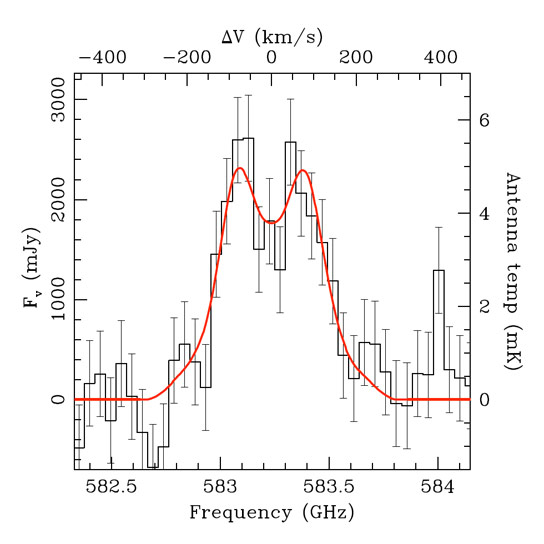
Herschel spectrum of the galaxy SDSS090122.37+181432.3. A doubled peaked emission line from ionized carbon at 158 micrometers (red fitted line) indicates that this galaxy is rotating with little turbulence. This characteristic is not usually associated with such a young galaxy, instead, it is more often taken as a sign of galactic maturity. Credit: NASA/STScI; S. Allam and team; and the Master Lens Database (masterlens.org), L. A. Moustakas, K. Stewart, et al. (2014); ESA/Herschel/HIFI. Acknowledgments: James Rhoads and Sangeeta Malhotra, Arizona State University, USA
The researchers used HIFI to investigate the infrared light of ionized carbon, which is emitted at a wavelength of 158 micrometers (a frequency of 1900 GHz). This spectral line is produced in the clouds that surround star-forming regions. HIFI showed the line was broadened into a double peak, and this allowed the motion of the gas to be fitted with a model.
Firstly, the team fitted the overall rotation of the galaxy, and then the turbulence in the gas clouds. To their surprise, they found that galaxy S0901 was extremely well behaved. Instead of turbulence, it was found to be in orderly rotation, much more akin to the majestic galaxies of today.
“Usually, when astronomers examine galaxies at this early era, they find that turbulence plays a much greater role than it does in modern galaxies. But S0901 is a clear exception to that pattern, and the Clone could be another,” says Rhoads.
The Clone, the second galaxy in their study, could also be fitted by an orderly rotation. However, because it was somewhat dimmer, the quality of the data was not so good. This meant that the data could also be fitted with a highly turbulent model, as conventional wisdom would expect.
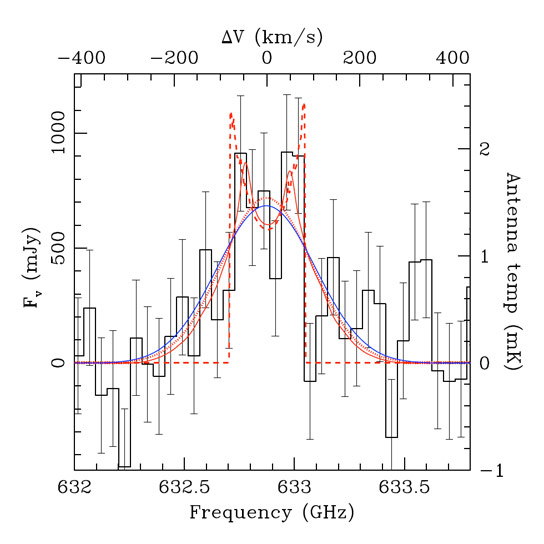
Herschel spectrum for SDSS J120602.09+514229.5 (the Clone). Here, the data are noisier than for S0901 and the emission line of ionized carbon (at 158 micrometers) can be fitted in a number of ways. The dashed red line and the solid red line show double-peaked profiles that indicate little turbulence in the galaxy. The red dotted line and the blue solid line show models in which turbulence plays a dominant role in the galaxy. Statistically, the best fit is the solid red line, which is double-peaked. Credit: NASA/STScI; S. Allam and team; and the Master Lens Database (masterlens.org), L. A. Moustakas, K. Stewart, et al. (2014); ESA/Herschel/HIFI. Acknowledgments: James Rhoads and Sangeeta Malhotra, Arizona State University, USA
“Galaxies 10 billion years ago were making stars more actively than they do now,” says Malhotra, “They usually also show more turbulence, likely because they are accumulating gas faster than a modern galaxy does. But here we have cases of early galaxies that combine the ‘calm’ rotation of a modern one with the active star formation of their early peers. This suggests first that these galaxies have finished accumulating their gas, at least for now. But it also seems that turbulence is not actually required to trigger that early, active star formation.”
Malhotra acknowledges the preliminary nature of their study. “This is not the last word on this. We need a bigger sample to be sure of our conclusions,” she says.
But that bigger sample will not be investigated by Herschel. As predicted, the liquid helium coolant needed to keep HIFI and Herschel’s other instruments working ran out in April 2013. Instead, the researchers hope to continue the work pioneered by Herschel using the Atacama Large Millimeter/submillimeter Array (ALMA), a ground-based array of 66 radio dishes in Chile.
“It is mind-boggling that with Herschel/HIFI – admittedly with the help of gravitational lensing – it has been possible to study the internal gas kinematics in galaxies when the Universe was only a few billion years old, and what we can learn about them this way. This pioneering work by Herschel is bound to be continued,” says Göran Pilbratt, Herschel Project Scientist at ESA.
Background Information
The study reported here is based on observations performed with the Heterodyne Instrument for the Far-Infrared (HIFI) on board ESA’s Herschel Space Observatory of SDSS090122.37+181432.3, referred to as S0901, and SDSS J120602.09+514229.5, known as the Clone. The results are published in “Herschel Extreme Lensing Line Observations: Dynamics of two strongly lensed star-forming galaxies near redshift z = 2”, by J. Rhoads et al., to appear in the 2014 May 20 issue of The Astrophysical Journal, volume 787, issue 1.
Herschel is an ESA space observatory with science instruments provided by European-led Principal Investigator consortia and with important participation from NASA.
The HIFI instrument is a very high-resolution heterodyne spectrometer and operates in seven bands covering the wavelength range between 157 and 625 µm. HIFI has been designed and built by a consortium of institutes and university departments across Europe, Canada, and the United States under the leadership of SRON Netherlands Institute for Space Research, the Netherlands, with major contributions from Germany, France, and the USA. HIFI Consortium members are: CSA, U. Waterloo (Canada); CESR, LAB, LERMA, IRAM (France); KOSMA, MPIfR, MPS (Germany); NUI Maynooth (Ireland); ASI, IFSI-INAF, Osservatorio Astrofisico di Arcetri-INAF (Italy); SRON, TUD (Netherlands); CAMK, CBK (Poland); Observatorio Astronómico Nacional (IGN), Centro de Astrobiología (CSIC-INTA) (Spain); Chalmers University of Technology – MC2, RSS & GARD, Onsala Space Observatory, Swedish National Space Board, Stockholm University – Stockholm Observatory (Sweden); ETH Zurich, FHNW (Switzerland); Caltech, JPL, NHSC (USA).
Herschel was launched on 14 May 2009 and completed science observations on 29 April 2013.
Reference: “Herschel Extreme Lensing Line Observations: Dynamics of two strongly lensed star forming galaxies near redshift z = 2” by James E. Rhoads, Sangeeta Malhotra, Sahar Allam, Chris Carilli, Francoise Combes, Keely Finkelstein, Steven Finkelstein, Brenda Frye, Maryvonne Gerin, Pierre Guillard, Nicole Nesvadba, Jane Rigby, Marco Spaans and Michael A. Strauss, 29 April 2014, The Astrophysical Journal.
DOI: 10.1088/0004-637X/787/1/8
arXiv: 1404.7143

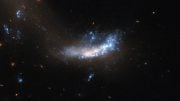
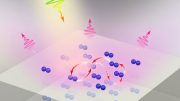





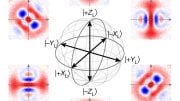
Be the first to comment on "New Herschel Data Reveal Insight into the Internal Dynamics of Two Young Galaxies"